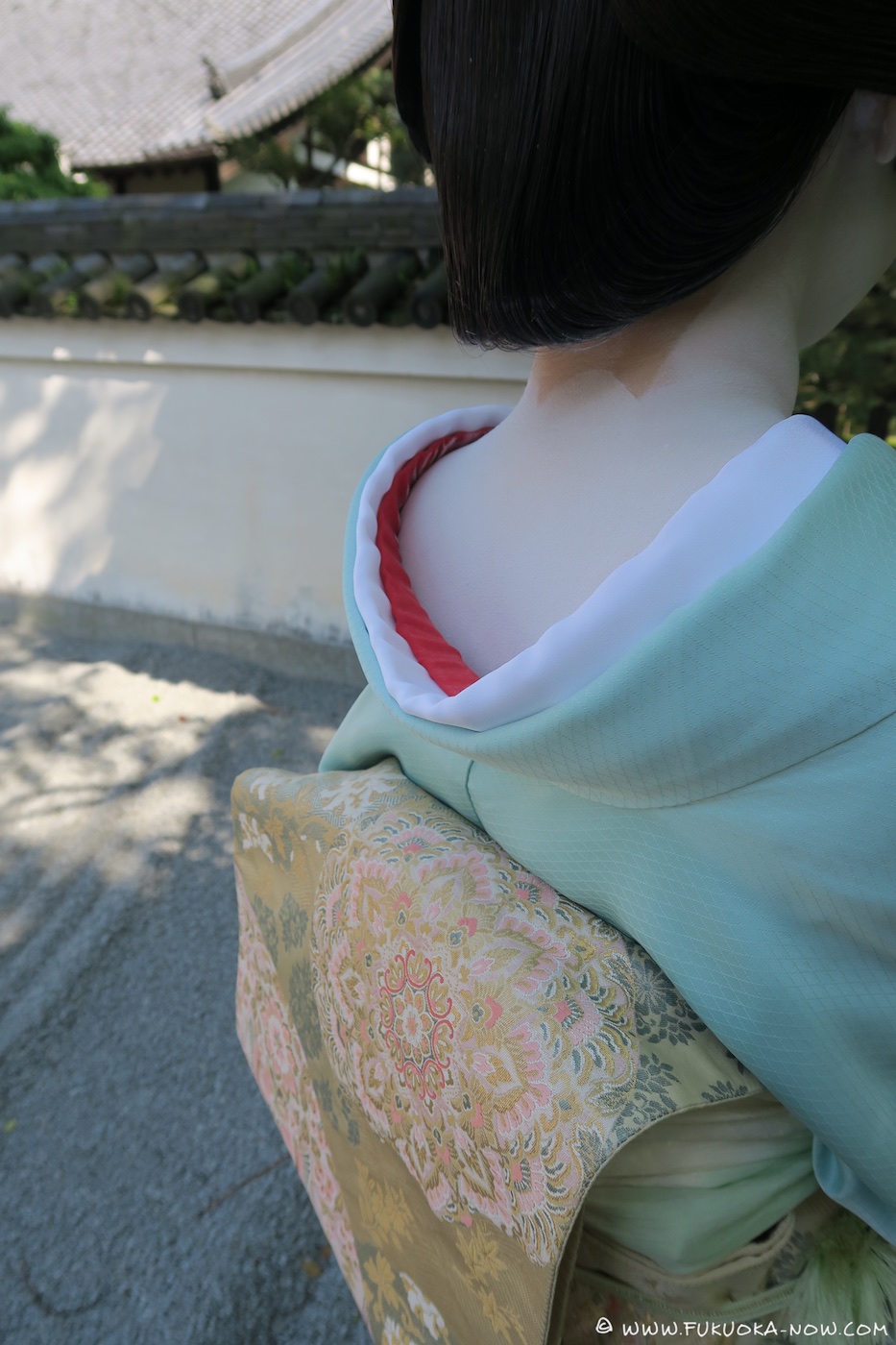If you thought geisha belonged to Japan’s past, think again. A small but dedicated group of women continue to keep the tradition alive right here in Fukuoka. We met their newest member: an English-speaking, world-traveling geisha who dreams of performing abroad.

Say “geisha” and most people wouldn’t think of 21st-century Japan. Old Kyoto, perhaps, but not many would picture downtown Fukuoka. And even fewer, no doubt, would imagine a globe-trotting graduate in commerce.


Allow us, then, to introduce you to Koharu, the most recently qualified geisha — or geigi, as such entertainers are known here — working in Fukuoka today. She’s not the only one: Hakata Kenban, the association that trains and manages the city’s geigi, has 17 active performers. When Koharu joined in July 2014, though, she was the first new apprentice in five years.

Bandit Geisha
Times have certainly changed: around a century ago, Fukuoka boasted five separate kenban and more than 2,000 geigi. The city’s geigi gained a reputation throughout Japan as direct and spirited entertainers. They even earned themselves the nickname “bazoku geisha,” bandit geisha — not because of any criminal activity, but because they were considered as gutsy as any horse-riding outlaw.


Today, Koharu says, Hakata geigi are still known for their openness, brightness and friendliness. She and her colleagues still practice the same arts — traditional dance, playing the shamisen (lute) and tsuzumi (drum), welcoming guests and making conversation — that their predecessors did, and often they still perform them in the same setting: ryotei, exclusive restaurants reserved for high-level entertaining.

Elegant Ambassadors
Unlike geigi before them, however, modern geigi are also called upon to participate in parades, festivals, conventions and other public events. In Fukuoka, you can see them on stage at the Hakata Dontaku Port Festival in May, as well as the Hakata Odori performance in December. As more and more foreign tourists arrive, the city’s geigi increasingly find themselves entertaining visitors from overseas. The first time Koharu saw geigi close up was at an event at Hakata Port, where they were greeting travelers off a cruise ship; now she does the same thing herself.

What led her there? At the time when she encountered those geigi, Koharu — or Mari, as she’s called when she’s not performing — had spent two years working as a kimono saleswoman. A Fukuoka University degree in commerce behind her, she’d traveled to Germany for her family’s jewelry business and to Cambodia with an NGO. But when she saw geigi in action, with their white make-up and bright kimono, she decided to switch paths and embark on the demanding process of training to be like them.

A Culture Worth Preserving
While those close to her were mostly encouraging, some had reservations about her choice. Like many people, they assumed that geisha were the same as oiran — courtesans. (They’re not.) Now, having learned what geigi really do and seen Koharu do it, they approve.

Koharu says she is lucky to have the support of friends, too, who appreciate traditional Japanese culture. They assured her throughout her apprenticeship that what she was doing was important, she says. She also benefited from the assistance of the Fukuoka Chamber of Commerce and Industry, which paid her a salary while she was training as part of its efforts to promote traditional art and culture.

Full-Fledged
It took months of music, dance and conversation lessons from senior geigi — all of them strict teachers, Koharu says — but she is now a full-fledged geigi herself. It’s a privilege, she says. She gets to show visitors the best of Fukuoka: its unique culture, its history, its friendliness. Whether on stage at the Hakataza Theater or greeting foreign dignitaries, Koharu says she is proud to represent her hometown – like a kind of ambassador.

What’s more, being a geigi allows her to meet all kinds of people, both visitors and Fukuoka locals. “This is my treasure,” she says.


Hakata Kenban: hakatakenban.com
Text: Jessica Phelan
Photos: Masaki Kobori, Yuichiro Hirakawa, Nick Szasz
Originally published in Fukuoka Now Magazine (fn211, Jul. 2016)









